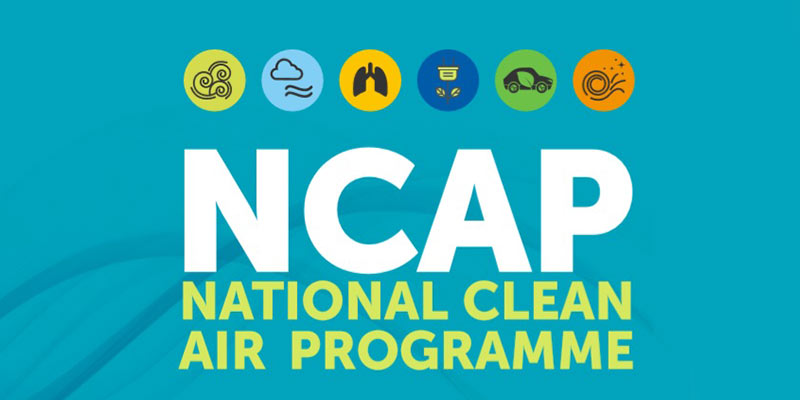Context:
Recently, the Centre for Science and Environment (CSE) released a report on the National Clean Air Programme: An Agenda for reform.
Key Findings of the Report
- It highlights cities like Delhi and Noida, have utilized less than 40% of the funds allocated for the National Clean Air Programme.
India’s National Clean Air Programme (NCAP), launched in January 2019 by the Ministry of Environment, Forest & Climate Change (MoEF&CC), aims to reduce particulate pollution in 131 cities by up to 40% by 2025-26 from the base year of 2019-20.
Centre for Science and Environment (CSE)
- It is a not-for-profit public interest research and advocacy organisation based in New Delhi, India, established in 1980.
- CSE acts as a think tank on environment-development issues, investigating areas like poor planning, climate change’s impact on the Sundarbans, and food adulteration.
National Clean Air Programme (NCAP) and Its targets
- NCAP is a comprehensive initiative, in partnership with various Ministries and States, to improve air quality at the city, regional, and national levels.
- NCAP, launched in 2019 as a five-year action plan, may need an extension to 20-25 years based on international and national evidence showing substantial air pollution improvements only in the long term.
- Tentative national level target of 20%–30% reduction of Particulate Matter (PM10 and PM2.5) concentration by 2024 is proposed under NCAP.
- These interim targets are in line with global experiences which highlight that city specific actions led to 35%–40% PM2.5 reduction in five years for cities, such as Beijing and Seoul, whereas cities, such as Santiago and Mexico City have shown 73% and 61% reduction in 22 to 25 years with regard to PM2.5 and PM10 concentrations, respectively.
Disproportionate Focus on Dust Control:
- 64% of NCAP and 15th Finance Commission funds have been spent on road dust mitigation.
- Only a small fraction of funds have been allocated to control emissions from industries (0.61%), vehicles (12.63%), and biomass burning (14.51%).
Underutilisation of Funds:
- Some of the most polluted cities have utilised less than 40% of the allocated funds. These include Anantapur (Ananthapuramu), Delhi, Angul, Kolhapur, Gulbarga (Kalaburagi), and Noida.
- Cities like Rishikesh, Ujjain, Guwahati, and Korba have utilised over 70% of their funds.
Funding Discrepancies:
- 49 cities with million-plus populations received significant funds from the 15th Finance Commission.
- 82 other cities were funded directly by NCAP but received less overall.
Inadequate Metrics and Assessment Systems:

- Current focus is on PM10 levels, neglecting the more harmful PM2.5 emissions from combustion sources.
- PM10 levels can be influenced by meteorological factors, not just policy actions.
- Cities’ performance rankings under NCAP often differ from those under Swachh Bharat Survekshan (SVS), indicating inconsistencies in assessment criteria.
Recommendations for Improvement
- Improved Transparency and Reporting: Enhance transparency in reporting actions and progress and publicly share detailed information on the level and quality of actions taken by cities.
- Regional Approach to Air Quality Management: Adopt a regional approach to address transboundary pollution and coordinate efforts with neighboring regions to meet clean air benchmarks.
- Long-term Policy and Funding Strategy: Establish a long-term funding strategy beyond 2025-26 to sustain clean air actions and explore innovative financing options like green municipal bonds and the polluters-pay principle to create dedicated funds for targeted actions.
- Focus on PM2.5: Shift focus to PM2.5 levels as a more relevant health indicator and implement detailed action plans for industrial and vehicular pollution control.

